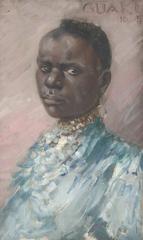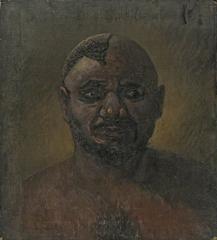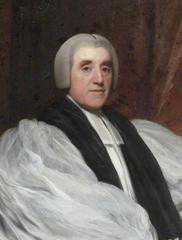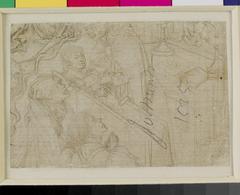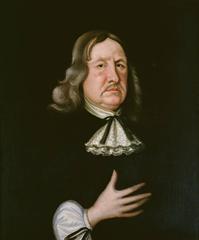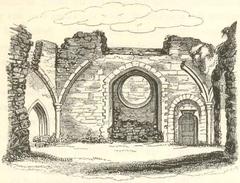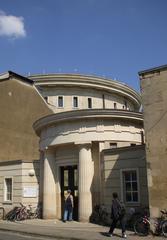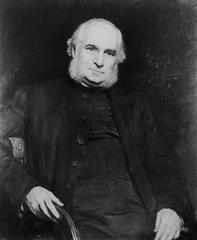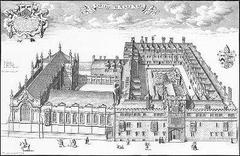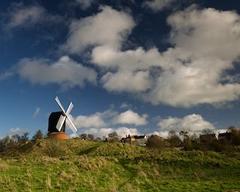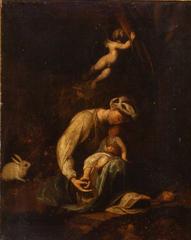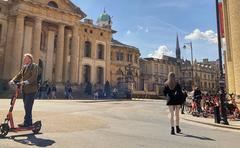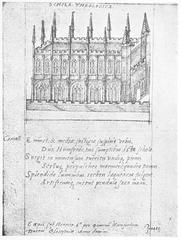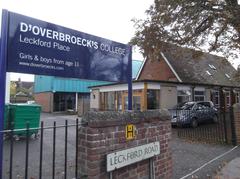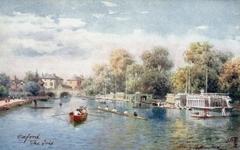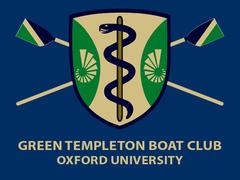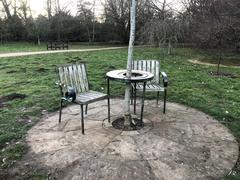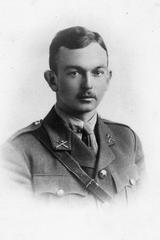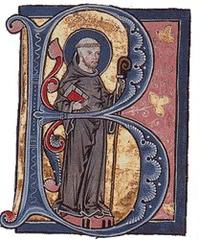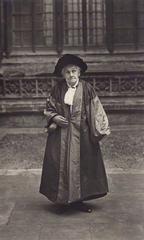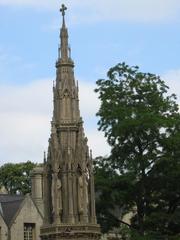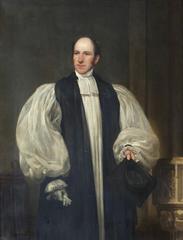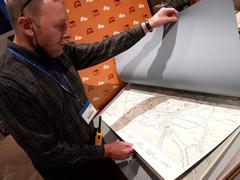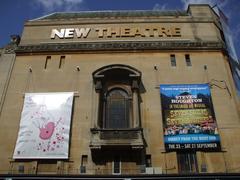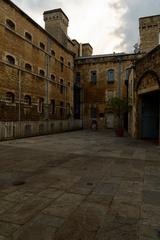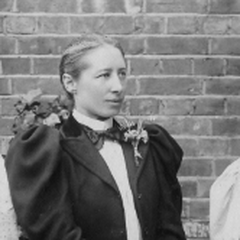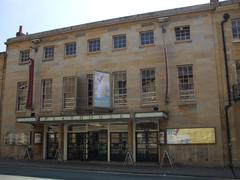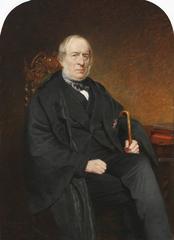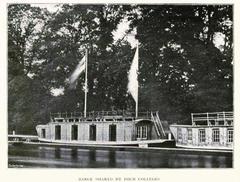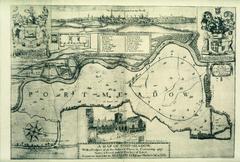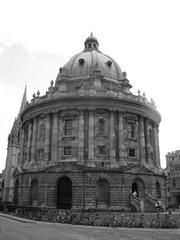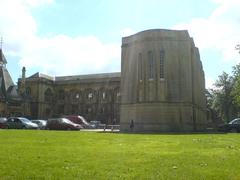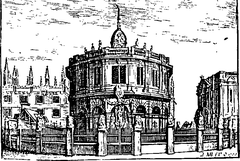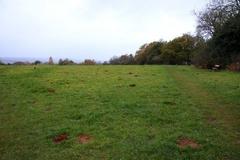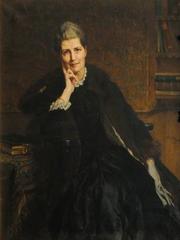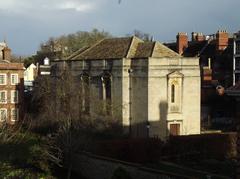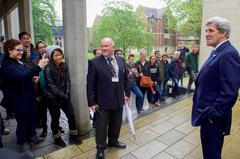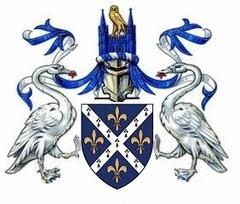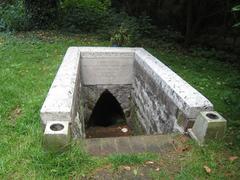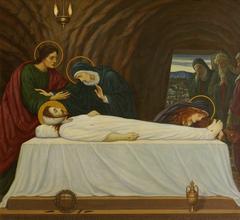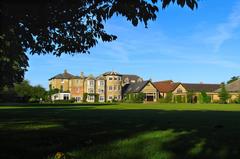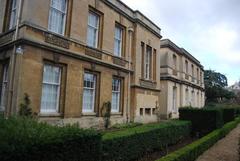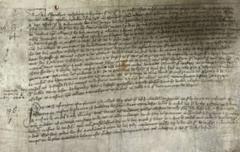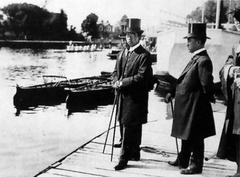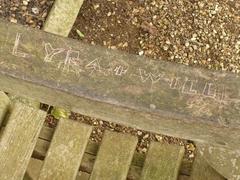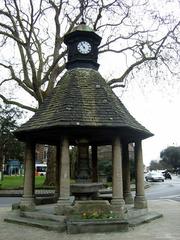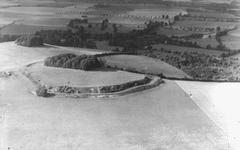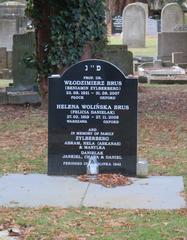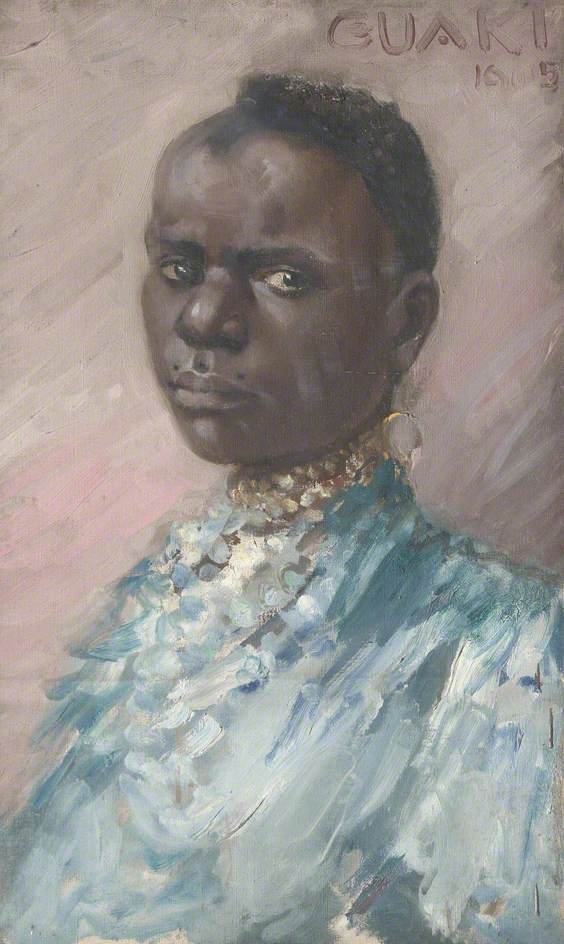
Pitt Rivers Museum Visiting Hours, Tickets, and Guide to Oxford Historical Sites
Date: 14/06/2025
Introduction to the Pitt Rivers Museum
Located in the cultural heart of Oxford, United Kingdom, the Pitt Rivers Museum is a renowned destination for anyone interested in anthropology, archaeology, and the rich diversity of world cultures. Established in 1884, the museum is celebrated for its innovative typological display system, which arranges artifacts by type and function rather than by region or chronology. This approach offers visitors a unique comparative perspective on human creativity and problem-solving across time and cultures.
Founded by Lieutenant-General Augustus Henry Lane Fox Pitt Rivers, a pioneering archaeologist, the museum originally displayed his personal collection of over 22,000 objects. Today, the collection has expanded to over half a million items, encompassing tools, clothing, art, ritual objects, and everyday items from every inhabited continent. The museum’s Victorian-era display philosophy encourages exploration and discovery, with artifacts presented in dense glass cases and labyrinthine galleries.
Beyond its collections, the Pitt Rivers Museum is internationally recognized for progressive ethical engagement. It works closely with source communities, leads initiatives in decolonization and repatriation, and regularly updates its interpretation and labels to reflect contemporary perspectives. Its central location, adjacent to the Oxford University Museum of Natural History and near other historic sites such as the Bodleian Library and Ashmolean Museum, makes it an essential stop for those exploring Oxford’s cultural heritage. For up-to-date visitor information, tickets, and details on special exhibitions, refer to the official museum website (prm.ox.ac.uk, en.wikipedia.org, Footprints Tours).
Contents
- Introduction
- History of the Pitt Rivers Museum
- Origins and Founding Collection
- Establishment and Early Development
- Typological Display Philosophy
- Collection Growth and Academic Impact
- Visitor Information
- Hours, Tickets, and Accessibility
- Tours and Events
- Travel Tips and Nearby Attractions
- Collection Highlights
- Archaeological and Ethnographic Objects
- Archives and Library
- Iconic Objects
- Conservation and Ethical Engagement
- Digital Access and Research
- Frequently Asked Questions (FAQ)
- Conclusion and Travel Resources
History of the Pitt Rivers Museum
Origins and Founding Collection
Lieutenant-General Augustus Henry Lane Fox Pitt Rivers (1827–1900) originally began collecting firearms and weaponry, but over time expanded his interests to include ethnographic and archaeological items from across the globe. By the early 1880s, his collection had grown to over 22,000 objects, ranging from prehistoric artifacts to 19th-century items (prm.ox.ac.uk/history-museum).
Inspired by Darwin’s evolutionary theories, Pitt Rivers organized his collection typologically—grouping objects by their function or type to illustrate patterns of human innovation and adaptation. For example, all axes, regardless of their geographic origin, are displayed together to illuminate their technological development (link.springer.com).
Establishment and Early Development
In 1884, Pitt Rivers donated his collection to the University of Oxford, stipulating that a dedicated museum be built and a permanent anthropology lecturer appointed (web.prm.ox.ac.uk). Designed by Thomas Manly Deane, the building was completed in 1886 and opened to the public by 1892, with Henry Balfour as its first curator. Visitors access the museum via the Oxford University Museum of Natural History (en.wikipedia.org).
Typological Display Philosophy
The museum is distinguished by its typological display method, where objects are grouped by function or type rather than region or chronology (britain-visitor.com). This immersive approach, set within densely packed Victorian-era glass cases, enables visitors to compare how different cultures have solved similar problems, fostering an environment of curiosity and discovery (prm.web.ox.ac.uk).
Collection Growth and Academic Impact
From an initial 22,000 objects, the museum’s holdings have expanded to over 700,000 items—including artifacts, photographs, manuscripts, and sound recordings—through donations, bequests, and fieldwork (alwaleedculturalnetwork.org). The museum has played a pivotal role in establishing anthropology as an academic discipline in the UK and remains a vital resource for global research and museology (en.wikipedia.org, link.springer.com).
Visitor Information
Hours, Tickets, and Accessibility
- Opening Hours: Tuesday to Sunday, 10:00 AM – 5:00 PM; closed Mondays and major public holidays. Last admission is at 4:30 PM. Always check the official website for updates or seasonal changes.
- Tickets: Admission is free; donations are welcomed. Certain special exhibitions or events may require advance tickets.
- Accessibility: The museum is wheelchair accessible, with lifts connecting all floors and accessible toilets. Assistance dogs are welcome. Staff can assist with access to displays that may present challenges due to older cases or lighting.
Tours and Events
- Guided Tours: Regular guided tours introduce visitors to the museum’s highlights and history. Advance booking is recommended.
- Educational Programs: Family-friendly workshops, talks, and self-guided tour leaflets are available. Check the museum website for current schedules.
- Photography: Personal photography is permitted without flash. Commercial photography or use of tripods requires advance permission.
Travel Tips and Nearby Attractions
- Location: South Parks Road, Oxford, OX1 3PP.
- Public Transport: Buses (routes 1, 2, 3) stop nearby; the museum is within walking distance of Oxford city center.
- Parking: Limited on-street and public parking (e.g., Gloucester Green, Worcester Street).
Collection Highlights
Archaeological and Ethnographic Objects
The museum’s vast holdings include:
- Tools and Weapons: From Paleolithic axes to ceremonial swords, representing technological adaptation.
- Textiles and Clothing: Everyday and ceremonial garments from diverse societies.
- Ritual and Religious Objects: African masks, Buddhist sculptures, Native American regalia, and more.
- Domestic Items: Toys, musical instruments, and utensils illustrating daily life (Pitt Rivers Museum Collections).
Archives and Library
- Photographic and Sound Archives: Includes the Wilfred Thesiger collection (over 38,000 images), early field recordings, and ethnographic films.
- Balfour Library: Houses 20,000 books, 12,000 pamphlets, and 300 journals, serving as a leading resource for anthropology and world music research.
Iconic Objects
- Shrunken Heads (Tsantsas): Collected from the Amazon; no longer on display, part of the museum’s ethical engagement (Footprints Tours).
- Benin Bronzes: Renowned brass sculptures from Nigeria, central to restitution discussions (Pitt Rivers Museum Collections).
- Tonga Shark Skin: Used as sandpaper by Polynesian craftsmen (Travels Helper).
- Malangan Carvings: Funeral art from Papua New Guinea (Pitt Rivers Museum Highlights).
- Gold Torc from Scotland: Exemplifying ancient metalwork (Pitt Rivers Museum Highlights).
- Other Notable Artifacts: Axes from Papua New Guinea and the USA, Mexican masks, Cypriot glass beads, and a Central American metate (Pitt Rivers Museum Highlights).
Conservation and Ethical Engagement
The Pitt Rivers Museum is at the forefront of ethical museum practice. Initiatives include:
- Decolonization: Revising labels, displays, and databases to remove colonial language and include source community perspectives.
- Repatriation: Returning ancestral remains and culturally significant artifacts to communities in New Zealand, Australia, and Africa.
- Collaborative Curation: Engaging communities such as the Maasai and Oltoilo le Maa in co-curation of sensitive collections.
- Removal of Human Remains: Human remains, including shrunken heads, were removed from display in 2020 following ethical reviews (Pitt Rivers Museum Critical Changes, Uncomfortable Oxford).
Digital Access and Research
- Online Collections: The Pitt Rivers Museum online database offers detailed records for public research and education.
- Research Visits: Scholars can arrange access to specific objects or library resources.
Frequently Asked Questions (FAQ)
Q: What are the museum’s opening hours?
A: Tuesday to Sunday, 10:00 AM – 5:00 PM; closed Mondays and major holidays.
Q: Is admission free?
A: Yes, though donations are encouraged.
Q: Is the museum wheelchair accessible?
A: Yes, with lifts and accessible facilities.
Q: Are guided tours available?
A: Yes, check the official website for times and booking.
Q: Can I take photographs?
A: Personal photography is allowed without flash; permission is required for commercial use or tripods.
Q: Where can I park?
A: Limited on-site parking; nearby public car parks are available.
Enhance Your Visit
- Multimedia: Explore virtual tours and high-resolution images with descriptive alt text (e.g., “Gold Torc from Scotland at Pitt Rivers Museum”) on the museum website.
- Audiala App: Download for audio guides and interactive maps.
- Internal Links: See our guides to Ashmolean Museum Highlights and Oxford Historical Sites and Walking Tours.
- Follow Us: Stay updated on museum news and events via social media.
Conclusion
The Pitt Rivers Museum is a world-class institution offering an immersive exploration of humanity’s cultural achievements and challenges. Its distinctive typological displays, commitment to ethical engagement, and central location within Oxford’s vibrant academic landscape make it a must-visit for travelers, students, and families alike. Plan your trip using the museum’s official website, and consider complementing your visit with other nearby cultural attractions. For a richer experience, download the Audiala app to access audio guides and interactive content.
Sources and Further Reading
- Pitt Rivers Museum in Oxford: History, Visiting Hours, and Travel Tips, 2025 (https://www.prm.ox.ac.uk/history-museum)
- Pitt Rivers Museum, Wikipedia, 2025 (https://en.wikipedia.org/wiki/Pitt_Rivers_Museum)
- Pitt Rivers Museum Collections and Highlights, 2025 (https://www.prm.ox.ac.uk/collections)
- Footprints Tours: Pitt Rivers Museum Overview, 2025 (https://footprints-tours.com/oxford/things-to-do-in-oxford/oxford-museums/pitt-rivers-museum/)
- Pitt Rivers Museum Ethical Engagement and Repatriation, 2025 (https://www.prm.ox.ac.uk/critical-changes)
- Uncomfortable Oxford: Decolonizing the Pitt Rivers Museum, 2025 (https://www.uncomfortableoxford.com/decolonizing-the-pitt-rivers-museum)
- Pitt Rivers Museum Official Website, 2025 (https://www.prm.ox.ac.uk)
